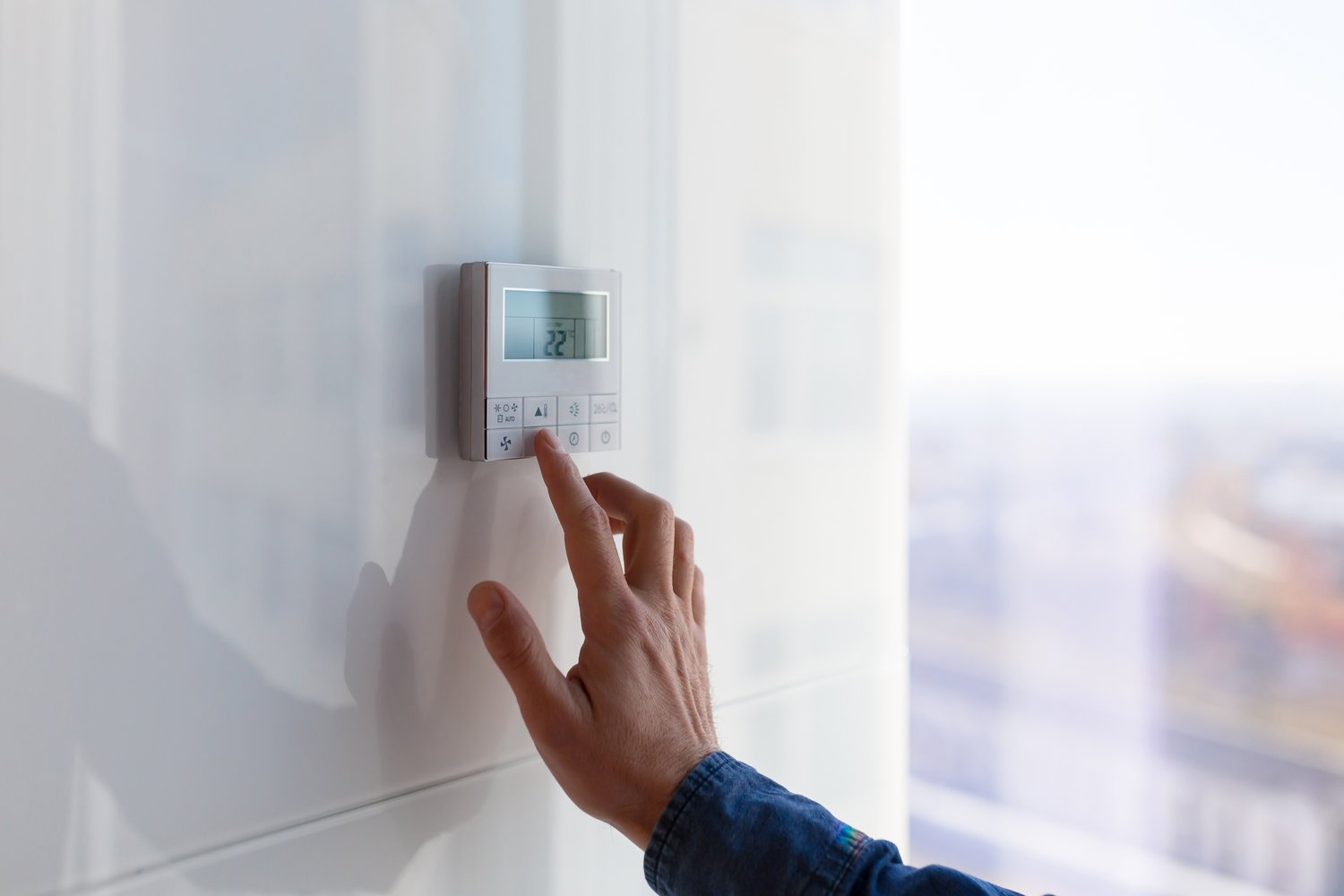In today’s technology-driven world, smart thermostats have emerged as a popular and practical home upgrade that offers more than just temperature control. These intelligent devices provide significant energy savings, enhanced comfort, and convenient remote access that traditional thermostats simply cannot match. This article explores the numerous benefits of smart thermostats, how they can reduce your energy bills, and provides a comprehensive guide to selecting the right model for your home’s heating and cooling needs.
What Is a Smart Thermostat?
A smart thermostat is an advanced programmable thermostat that connects to your home’s Wi-Fi network, allowing you to control your heating and air conditioning system remotely via smartphone apps or voice assistants. Unlike basic programmable thermostats, smart models learn your schedule and preferences over time, automatically adjusting temperatures to optimize both comfort and energy efficiency. They collect data about your usage patterns and provide insights that help you make informed decisions about your energy consumption. Most smart thermostats feature intuitive touchscreen interfaces and sleek designs that blend seamlessly with modern home décor while providing powerful functionality behind their stylish exteriors.
Energy Savings and Environmental Benefits
One of the most compelling reasons to invest in an energy saving thermostat is the potential for reduced utility bills. Smart thermostats can decrease energy usage by 10-15% on heating and cooling costs, which typically translates to annual savings of $100-$200 for the average household. These devices achieve such efficiency by optimizing temperature settings when you’re away or asleep, eliminating the energy waste that occurs with traditional thermostats. Some models even monitor local weather conditions and adjust accordingly, preventing your system from working harder than necessary during extreme weather events.
Beyond financial savings, smart thermostats contribute to environmental sustainability by reducing your home’s carbon footprint. By consuming less energy, you’re decreasing demand for electricity generated from fossil fuels. Many energy providers recognize this benefit and offer rebates or incentives for homes that install smart thermostats, making the initial investment even more attractive. According to data from AskHomey, homeowners who implement smart climate control often see returns on their investment within the first year of installation.
Enhanced Comfort and Convenience Features
The convenience of controlling your home’s temperature from anywhere represents a significant advantage of smart thermostats. Whether you’re lying in bed, sitting on the couch, or miles away on vacation, you can adjust your home’s climate with a few taps on your smartphone. This remote access capability ensures you never return to an uncomfortably hot or cold house, as you can start heating or cooling before you arrive home.
Many smart thermostats include geofencing technology that detects when your smartphone leaves or enters a predetermined area around your home. This allows the system to automatically switch between “Home” and “Away” modes, optimizing energy use without requiring manual adjustments. Voice control compatibility with platforms like Amazon Alexa, Google Assistant, and Apple HomeKit adds another layer of convenience, allowing hands-free temperature adjustments when you’re busy cooking or relaxing.
How to Choose the Right Smart Thermostat
Selecting the ideal smart thermostat requires consideration of several factors. First, ensure compatibility with your existing HVAC system. Most smart thermostats work with conventional forced air systems, but homes with heat pumps, radiant heating, or multi-zone systems may need specific models. Check whether your system has a C-wire (common wire) that provides continuous power to the thermostat, as many smart models require this connection.
Budget considerations also play an important role in your decision. Entry-level smart thermostats typically cost between $80-$150 and offer basic programming and remote control features. Mid-range models ($150-$250) include learning capabilities and more advanced energy reporting. Premium options ($250+) provide the most sophisticated features like room sensors, humidity control, and integration with comprehensive home automation systems.
When researching different models, pay attention to the user interface both on the device and in the companion app. A comprehensive programmable thermostat guide should emphasize that even the most feature-rich device will frustrate you if it’s difficult to operate. Look for intuitive controls and clear displays that show the information you care about most. Most manufacturers offer detailed product videos and tutorials that demonstrate the user experience before you commit to a purchase.
Installation and Setup Considerations
While many homeowners successfully install smart thermostats themselves, others prefer professional installation. The process typically involves removing your old thermostat, connecting the wiring to the new device, mounting it to the wall, and connecting it to your home’s Wi-Fi network. Most manufacturers provide detailed instructions and online support, but if you’re unsure about electrical connections or have a complex HVAC system, professional installation ensures proper setup.
After installation, take time to program your smart thermostat according to your typical schedule. Though the device will learn and adapt over time, providing an initial framework helps it optimize more quickly. Many models offer setup wizards that walk you through creating an energy-efficient schedule based on your preferences. Remember that the full benefits of a smart thermostat come from allowing it to automatically adjust temperatures rather than frequently overriding its settings manually.
For more tips and to connect with reliable home service professionals, follow AskHomey on Facebook and Instagram.



